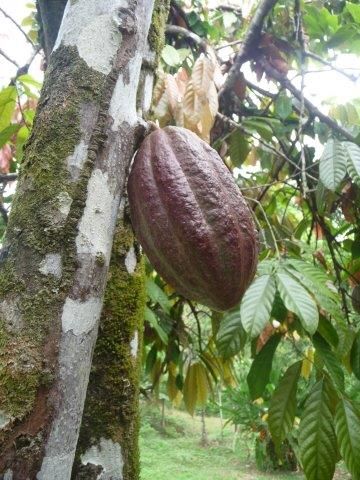
It’s Valentine’s Day weekend–so it is a time to celebrate love and eat chocolate. Did you know that chocolate is good for you? The flavor of chocolate can be enhanced by herbs and spices. While you are indoors on this cold wintry weekend, whip up something with chocolate for you and the ones that you love!
There are not many foods that people feel so passionate about as chocolate. Just thinking about chocolate, can produce a pleasurable response in certain individuals. The dictionary definition of a chocoholic is a person who craves chocolate choc(olate) + (alc)oholic.Many would agree that the name Theobroma cacao, the name Linnaeus gave to chocolate meaning ‘food of the gods” could not be more appropriate.There is a feeling of well being that accompanies the consumption of chocolate and it has been considered an aphrodisiac since it was first introduced to us by the Aztecs.
Aphrodisiacs are substances or activities that stimulate amorous desire and may enhance sexual performance.An aphrodisiac can be anything that stimulates our senses, some of them having a basis in science, while others are from our imagination. They can appear as erotic art, seductive music, the allure of a fragrance, a sensual touch, or as a mouthwatering food.Here we will delve into the latter-using chocolate combined with herbs and spices that have been known for their aphrodisiac properties-to excite our tastebuds and increase our sensory pleasure.
As far as combining spices with chocolate, they can be ground fine and added to the chocolate.Spices are so intense with essential oils that they should be used in small amounts-more of a hint or suggestion-you don’t want them to dominate the chocolate.Whole or crushed seeds, sticks of cinnamon, gingerroot, mace blades, and vanilla beans can be used in cream or milk infusions and syrups, and then strained out.The fragrance and flavor of the vanilla bean can be captured in sugar and used as ingredient, but vanilla extract is the most common way to use vanilla.
Some herbs make bold statements and can stand up to the strong flavor of chocolate.Others tend to lend a subtlety of flavor, then the chocolate takes over, and finally one is left with a nuance of herb flavor that lingers on the tongue.Herb leaves or flowers pulverized with sugar or chopped herbs can be added to recipes, however, sometimes a smooth texture is important, so I capture the essence of the herb in an infusion.This can be done quite simply in milk, cream, or a sugar syrup and is a wonderful way to get the maximum flavor and aroma from the fresh herbs and flowers.
The following recipes use unsweetened, semisweet, and bittersweet chocolate as well as unsweetened cocoa for the best flavor.Since chocolate manufacturers differ enormously, you need to taste and compare brands.Lesser-grade chocolates may be made with vegetable oil rather than cocoa butter, they may have synthetic substances added, or they may be cut with lecithin to simulate a smooth texture, so read your labels and look for chocolate made with cocoa butter.
Celebrate Valentine’s day with your beloved, or with a group of close friends with a fun and romantic chocolate tasting.Prepare some of these recipes–and savor them–describing how the flavors of the herbs and spices work with the chocolate.Buy a few different types of good quality chocolate.Make a tasting form with the names of the chocolates, their place of origin, and their percentage of cocoa.I keep an ongoing record of chocolates that I experience.Spend the evening smelling and tasting little nibbles, letting them melt in your mouth, and describing their aroma, taste, texture, and mouthfeel.Some terms for describing chocolate are creamy, waxy, bitter, winey, crisp, greasy, grainy, mellow, acidic, flowery, crumbly, smooth, dull, fruity, sweet, and slimy.
Herbs that partner with chocolate:
Angelica
Anise hyssop
Basil-Anise, Cinnamon, and Genoa green
Bay
Chiles
Damiana
Garlic
Lavender flowers
Mints-Orange mint, peppermint, and spearmint
Oats
Rose
Rosemary
Scented geraniums-rose, coconut, mint, nutmeg, and orange
Tarragon
Tea
Spices that partner with chocolate:
Anise seed
Cardamom
Cinnamon
Clove
Coffee
Coriander
Ginger
Mace
Nutmeg
Star anise
Vanilla
Candied edible flowers that partner with chocolate:
Rose petals
Pansies
Violets
Lilacs
Scented geraniums
Some of this chocolate information–the pairings of chocolate with herbs and spices–is excerpted from my book not just desserts–sweet herbal recipes. Available at www.susanbelsinger.com.
Happy Hearts Day! Here is a quick and easy warming winter recipe for Chocolat! /item/60686/chocolat
Fine Gardening Recommended Products

Gardener's Log Book from NYBG
Fine Gardening receives a commission for items purchased through links on this site, including Amazon Associates and other affiliate advertising programs.

Razor-Back Potato/Refuse Hook
Fine Gardening receives a commission for items purchased through links on this site, including Amazon Associates and other affiliate advertising programs.

Ho-Mi Digger - Korean Triangle Blade
Fine Gardening receives a commission for items purchased through links on this site, including Amazon Associates and other affiliate advertising programs.


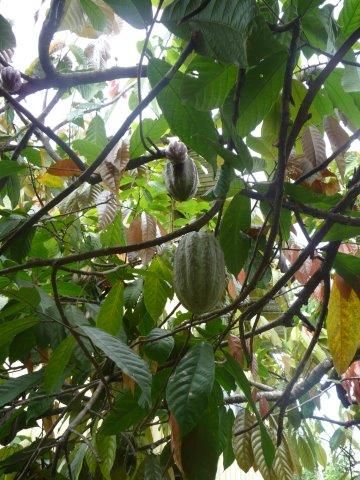
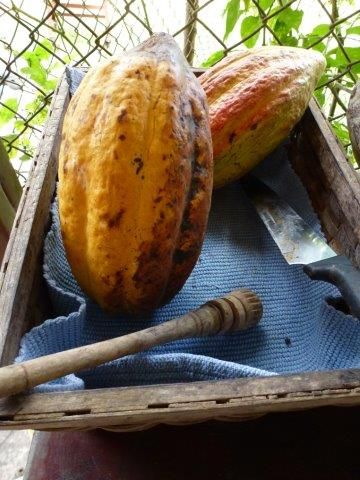

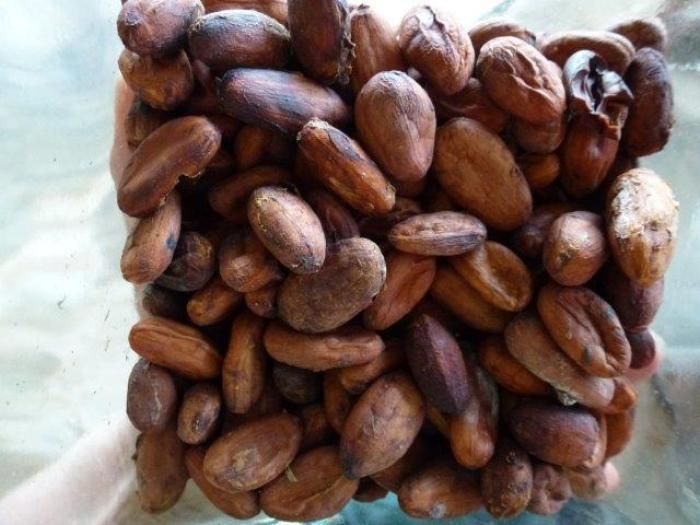
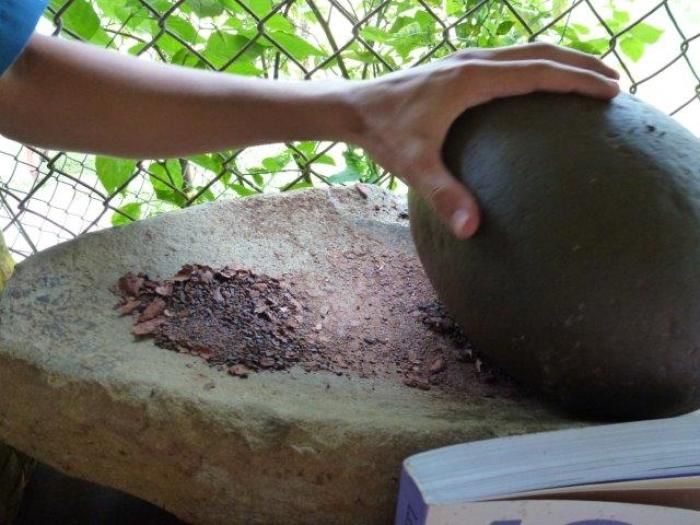
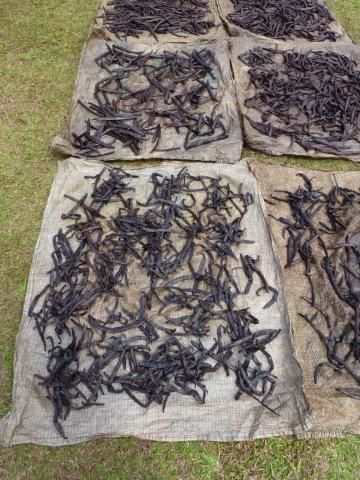
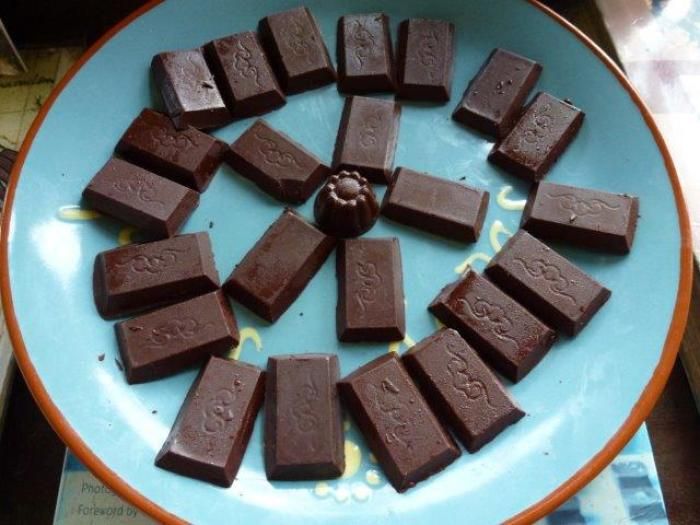

















Comments
Log in or create an account to post a comment.
Sign up Log in